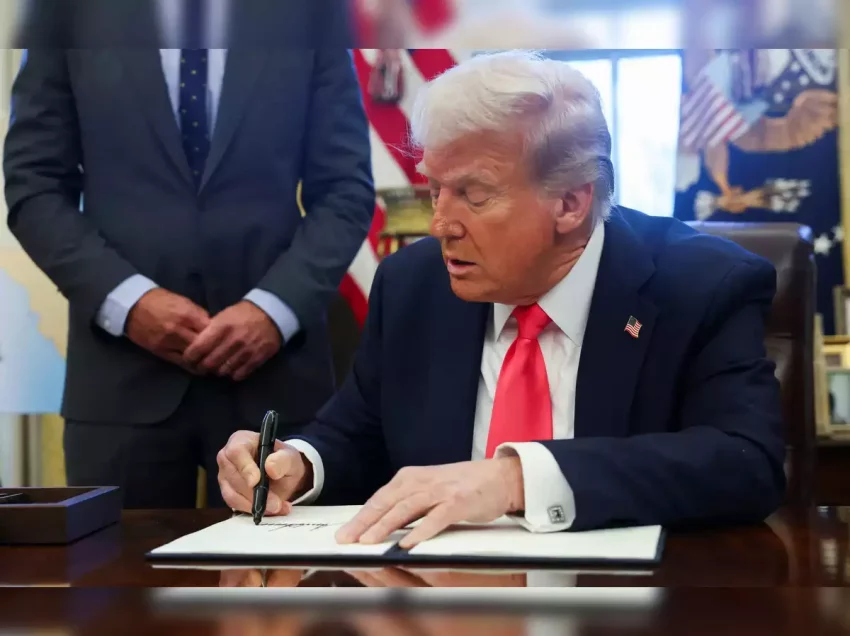English will become the official language of the United States for the first time in its 250-year history when President Donald Trump signs an executive order. Former President Bill Clinton’s 2000 order for federal agencies to offer language support to non-native English speakers will be overturned by this ruling.
For federal agencies, what does the executive order mean?
All government agencies will have to use English for official business as a result of this new regulation. In order to accommodate non-native English speakers, Clinton’s executive order previously guaranteed that government services and documents were available in numerous languages. Millions of Americans who depend on multilingual resources for basic services like social security, healthcare, and legal affairs may be greatly impacted if this requirement is lifted.

How many Americans are fluent in English?
English is the primary language of almost 250 million Americans, according to the U.S. Census Bureau. Approximately 78% of Americans only speak English at home. Nonetheless, millions of Americans regularly use other languages in their daily lives, especially those who speak Spanish, Chinese, and Tagalog. The executive order might make it more difficult for them to get government assistance.
How many states have made English their official language already?
English has already been made the official language of more than 30 states. The new executive order would guarantee that English continues to be the principal language of government activities across the country by bringing federal law into line with existing state laws. Critics’ main worry is that this strategy would make it more difficult for non-native English speakers to obtain important government resources. The presidential order eliminates the need for agencies to give multilingual help, even if it does not specifically forbid the government from providing translation services. For people with low levels of English proficiency, this may entail fewer translated resources and restricted access to federal programs.

